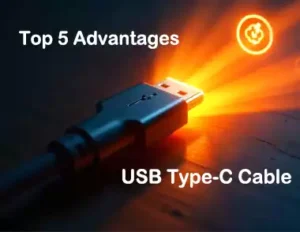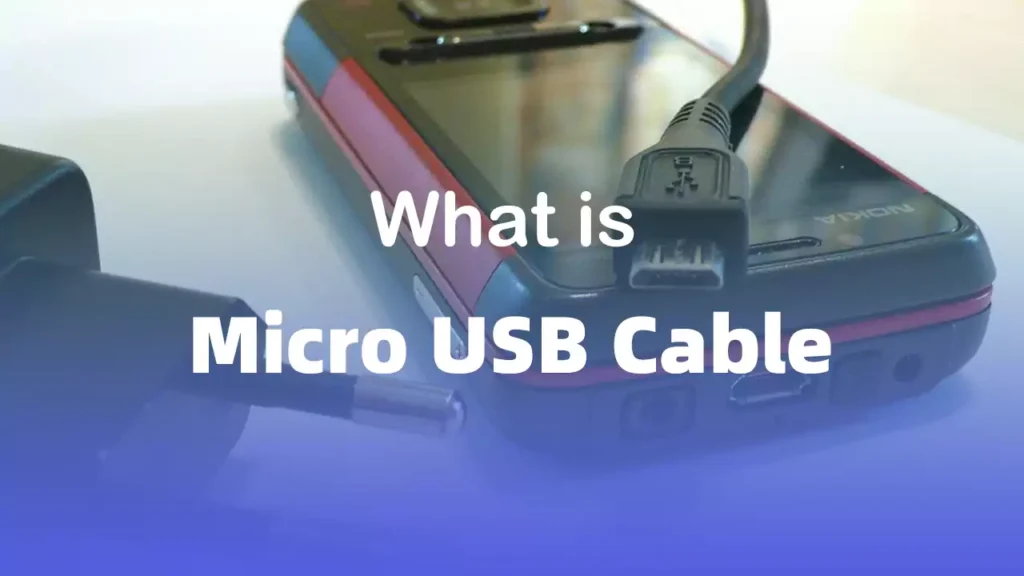
Table of Contents
The Micro USB Cable is important for connecting devices. Its small size makes it great for phones, tablets, and gadgets. Many homes and offices use it because it works well.
The demand for these cables is growing. By 2030, it may be worth $3.20 billion, growing 3.80% each year. Asia-Pacific is leading this growth due to more smartphone use and new technology. This shows how useful Micro USB Cables are today.
In this guide, we will explains everything you need to know about Mirco USB cable, such as specifications, types, applications and buying guide.
Key Takeaways
- Micro USB cables help connect and charge small devices like phones.
- Pick the right Micro USB cable for your needs: Micro-A for OTG devices, Micro-B for most gadgets, and USB 3.0 for faster data sharing.
- Use USB-IF certified cables to make sure they are safe and work well.
- Take care of your Micro USB cable to make it last longer and avoid breaking it.
- Even though USB-C is more common now, Micro USB cables are still good for older devices.
What is a Micro USB Cable?
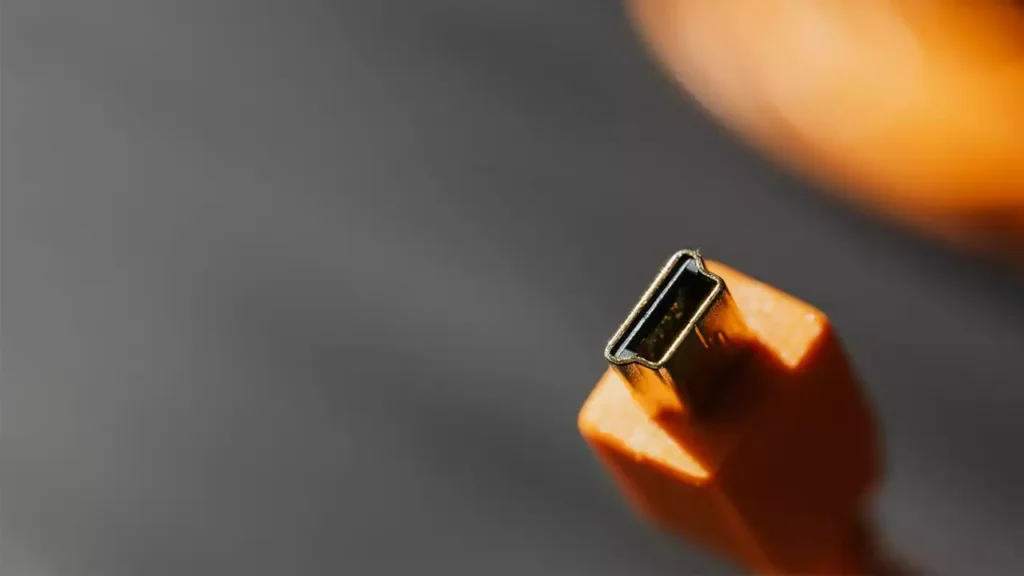
Definition and Overview
A Micro USB Cable is a small type connector of USB cable. It connects small devices like phones, tablets, and other gadgets. This cable became popular in the 2000s because it is smaller than Mini USB. There are two main types: USB 2.0 and USB 3.0. These cables are strong and work well for small devices that need tiny connectors.
Types of Micro USB Cables
Micro-A USB
Micro-A USB cables are used for devices connections (USB On-The-Go). They let two devices connect directly such as computer. These cables looks like rectangle.
Micro-B USB
Micro-B USB cables are the most common type. They are used in phones, power banks, and other gadgets. They have a half-hexagon shape and come with male and female ends, making them useful for many devices.
Micro-AB USB
Micro-AB USB cables mix features of Micro-A and Micro-B. They work with both port types and are used for USB 3.0 devices to transfer data faster.
3 Types of Micro USB Cable
Type of Micro USB Cable | Description | Key Features |
Micro-A USB Cable | Used for devices connections (OTG) | Small 5-pin design, fits Micro-B ports. |
Micro-B USB Cable | Common for phones and small gadgets. | Male and female ends, half-hexagon shape. |
USB 3.0 Cables | Works with Micro-A and Micro-B ports. | Bigger size, faster data transfer (up to 10 Gbps). |
Technical Specifications
Connector Size and Design
Micro USB connectors are very small, about 6.85 x 1.8 mm. They are made to last, with sizes up to 11.7 x 8.5 mm for Micro-A and 10.6 x 8.5 mm for Micro-B. They can handle 10,000 plug-ins and removals.
Data Transfer Speeds
Micro USB cables can transfer data at 480 Mbps for USB 2.0. USB 3.0 cables are faster, reaching speeds of 5 Gbps. This makes them great for moving big files.
Power Delivery Capabilities
Micro USB cables provide up to 2.5 watts of power, enough to charge most gadgets. USB 3.0 cables can charge faster and deliver more power.
Micro USB Cables Specifications
Specification | Details |
Data Transfer Speed | Up to 480 Mbps (USB 2.0) |
Power Delivery | Up to 2.5 watts |
Alternative Speed | Up to 5 Gbps (USB 3.0 cables) |
Cable Length | Usually 1 to 3 meters |
Pin Count | Four or five pins |
Micro USB Cable vs. Other USB Types
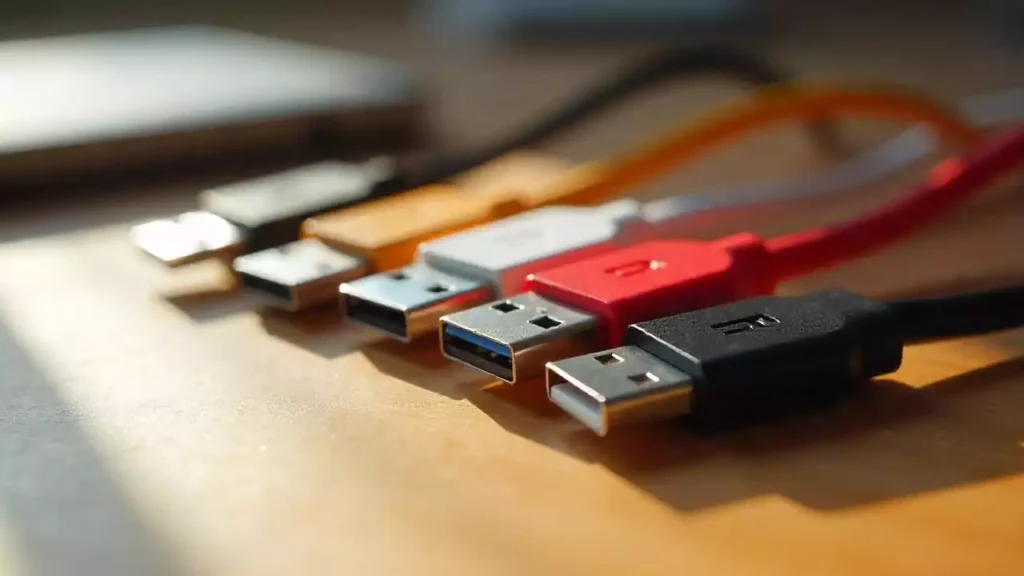
Micro USB vs. Mini USB Cable
Size and Design Differences
Mini USB and Micro USB are different in size and look. Mini USB is about two-thirds as wide as a Type-A USB. Micro USB is even smaller, about half the width of Mini USB. This small size makes Micro USB great for portable gadgets. Micro USB cable is also stronger, lasting 10,000 uses, while Mini USB cable lasts 5,000 times.
Micro USB vs. Mini USB Cable Summary
Feature | Mini USB | Micro USB |
Width | Two-thirds of Type A | Half the width of Mini USB |
Insertion Cycles | 5,000 | 10,000 |
Compatibility | Limited to older devices | Widely used in modern devices |
Launch Year | 2000 | 2007 |
Use Cases and Compatibility
Mini USB was used in older gadgets like cameras and MP3 players. Its bigger size and lower durability made it less useful for new devices. Micro USB works with smartphones, tablets, and other modern gadgets. Its smaller size and better strength make it perfect for today’s tech.
Micro USB vs. USB-C Cable
Reversibility and Ease of Use
Micro USB and USB-C connectors are designed differently. Micro USB has a one-way connector, so it must be connected correctly, but USB-C is reversible, meaning you can plug it in any way. This makes USB-C easier to use.
Speed and Power Delivery Comparison
Micro USB usually supports USB 2.0, with speeds up to 480 Mbps, but up to support USB 3.0 standard (5 Gbps), It delivers up to 2.5 watts of power. USB-C is much faster, with speeds from 5 Gbps to 10 Gbps. It can deliver up to 100 watts of power. USB-C is better for fast charging and quick data transfers.
- Micro USB Cable: Up to 5 Gbps, 2.5 watts
- USB-C: 5-10 Gbps, up to 100 watts
Future-Proofing and Industry Trends
USB-C is now the top choice for many industries. It handles more power and faster data speeds, making it ready for future devices. Micro USB is still common, especially in cheaper gadgets. But USB-C is slowly replacing it as the main option for new technology.
USB-C is the future of connections, but Micro USB is still reliable for older devices.
Common Uses of Micro USB Cable
Micro USB cables are very useful in everyday life. They are reliable and can be used for many tasks. You can use them to charge devices, transfer data, and power gadgets.
Charging Devices
Smartphones and Tablets
Micro USB cables are great for charging phones and tablets. Their small size makes them perfect for portable devices. Whether at home or traveling, they keep your devices charged.
Power Banks and Bluetooth Devices
These cables also charge power banks and Bluetooth devices. They provide steady power to headphones, speakers, and more. This ensures your devices work when needed.
4 Common Uses for Mirco USB Cable
Industry | Applications |
Consumer Electronics | Used for phones, tablets, cameras, and wearables for charging and data transfer. |
Automotive | Helps with in-car charging, infotainment systems, and smart car tools. |
Healthcare | Powers medical tools like monitors and diagnostic devices. |
Industrial | Used in automation, control systems, and data tools for strong connections. |
Data Transfer
Connecting to Computers
Micro USB cables link phones and cameras to computers. This helps you move photos, videos, and files easily.
Imagine if we want to upload photos and music on our mobile phone to our computer, or store music downloaded from our computer on our mobile phone. Wouldn’t we go crazy if we don’t have a stable USB Cable for data transmission?
File Sharing and Backups
These cables are great for sharing files and making backups. USB 2.0 cables transfer data at 480 Mbps. USB 3.0 cables are faster, reaching speeds of 5 Gbps. This makes moving large files quick and simple.
3 Different Type of USB Cable Speed & Power Supply
USB Standard | Data Transfer Speed | Power Delivery |
USB 2.0 Cable | Up to 480 Mbps | Up to 2.5W(500 mA, 5V) |
USB 3.0 Cable | Up to 5 Gbps | Up to 4.5W(900 mA, 5 V) |
USB 3.1 Cable | Up to 10 Gbps | Up to 4.5W(900 mA, 5 V) |
Other Applications
Gaming Controllers
Micro USB cables are common in gaming controllers. They charge and transfer data, ensuring smooth gameplay.
IoT Devices and Accessories
IoT devices often use Micro USB cables. They power smart home gadgets, fitness trackers, and more. Their small size and compatibility make them popular.
- The Micro USB cable market was worth $3.5 billion in 2023.
- It may grow to $5.6 billion by 2032.
- Fitness trackers and smartwatches depend on these cables for charging.
- They are also used in Bluetooth speakers, e-readers, and other gadgets.
How to Choose the Right Micro USB Cable
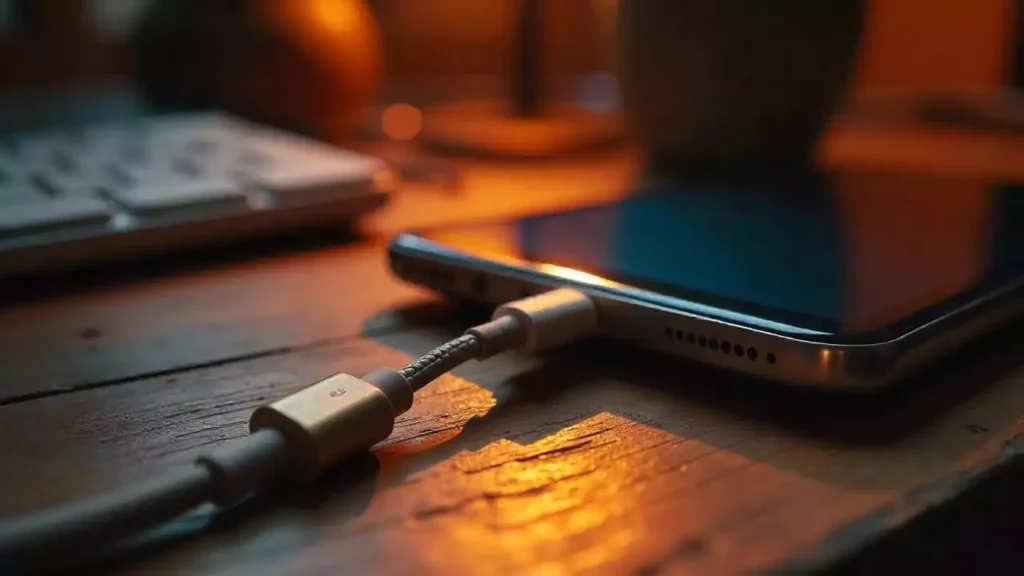
Key Factors to Consider
Speed and Performance
Think about speed when picking a Micro USB Cable. USB 2.0 cables work for simple tasks like charging or small file transfers. For faster speeds, choose USB 3.0 or USB 3.1 cables. These can transfer data at 5 Gbps or 10 Gbps. They are great for gaming or streaming videos.
Durability and Materials
Strong cables last longer and save money. Look for cables made with braided nylon or tough connectors. These materials stop wear and tear. A durable cable means fewer replacements over time.
Length and Flexibility
Cable length matters for ease of use and speed. Long cables are good for far connections but may charge slower. Short cables are faster and better for close use. Pick a length that works for you without losing performance.
Tip: Choose a cable that balances cost and quality for the best value.
Compatibility with Devices
Check your device’s needs before buying a Micro USB Cable. Some devices need USB 2.0 or USB 3.0 for best results. Knowing this helps avoid problems with compatibility.
Buy USB-IF certified cables for safety and quality. These cables meet industry rules and work well for charging and data transfer. Certified cables keep your devices running smoothly.
Recommended Brands and Products
USB-IF certified cables are reliable and high-quality. They support USB 2.0, USB 3.0, and USB 3.1 standards. These cables are fast and deliver power efficiently, making them a smart choice.
Cablink sells many USB cables, including Micro USB Cable options. Their cables are USB-IF certified for top performance. From USB 2.0 to USB 4.0, Cablink has cables for all needs. Whether for charging or fast data transfer, Cablink offers durable and modern cables.
3 Tips for Maintaining Your Micro USB Cable
Proper Handling
Avoid bending or twisting
Take care of your Micro USB cable to make it last longer. Don’t tangle it; instead, wrap it loosely when not in use. Avoid sharp bends near the ends, as this can damage the cable. Hold the connector when unplugging, not the wire. Keep it away from sunlight, which can weaken the material. Use cable protectors or simple tricks like pen springs to strengthen the ends.
Store cables neatly
Store your cables properly to avoid damage. Keep them in a cool, dry spot to protect them from heat or moisture. Use pouches or organizers to keep them untangled and ready. If you have many cables, switch between them to reduce wear on one.
Tip: Teach kids how to handle cables carefully to avoid breaking them.
Cleaning and Care
Removing dust and debris
Dust can build up in the connectors and cause problems. Use compressed air to blow out dirt from the port. For stuck dirt, gently clean with a toothbrush dipped in rubbing alcohol. After cleaning, use compressed air again to dry it completely.
Inspecting for damage
Check your cable often for any damage. Look for frayed wires, bent ends, or discoloration. Damaged cables can cause charging problems or harm your devices. Spotting issues early helps prevent bigger problems later.
Note: Electrical contact cleaners can also help keep connectors working well.
When to Replace Your Cable
Signs of wear and tear
It’s important to know when to replace your cable. If you see exposed wires, loose ends, or charging issues, get a new one. A broken cable can cause poor performance or even safety risks.
Importance of using a functional cable
A good cable ensures your devices charge properly and transfer data smoothly. A bad cable can harm your device’s port or battery. Always replace damaged cables quickly to avoid problems.
Reminder: Keep an extra cable ready in case your main one breaks.
Conclusion
Knowing what a Micro USB Cable does is important. These cables are still needed for charging and moving data. Always pick good-quality, USB-IF certified cables for safety. Cablink has many USB options, from Micro USB to USB-C. If you want fast charging or quick data transfer, Cablink’s certified cables are a great choice.

